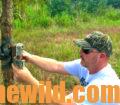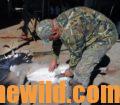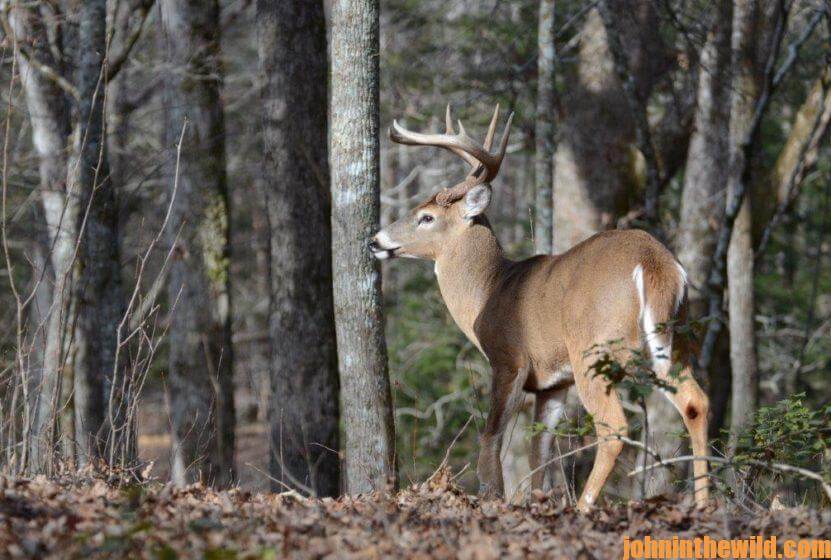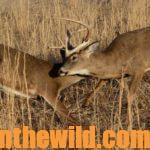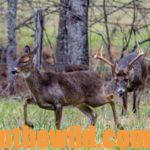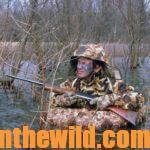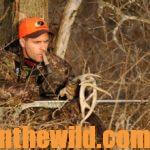Editor’s Note: If hunters will be really honest, sitting 4-5 days in a deer stand when the deer aren’t moving is about as much fun as watching paint dry or maple sap coming down a tree and dripping in a bucket to make maple syrup. But these days can happen. I’m including this week the latest information on hunting deer to help you be more successful: why hunt small properties; why hunt your deer from the skinning shed; how to talk to a buck; and what deer tracks can tell you, besides some of my family’s favorite venison recipes. Luckily several places I deer hunt have potholes where the water collects during the fall or sloughs coming off the main rivers and running through oak bottoms with plenty of acorns floating on top of the water. So, when I tire of hunting deer, and after I’ve watched ducks fly into places like this for 3-4 days and not seen any deer, I’ll let the deer rest. I know I have my state and federal duck stamps in my pocket. So, I’ll gather my shotgun and my waders out of the trunk of my car and wear out those ducks.
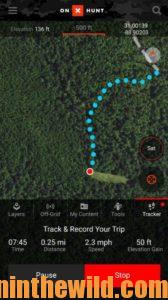 A hunter can have the opportunity to take big bucks on what’s considered a small amount of land by:
A hunter can have the opportunity to take big bucks on what’s considered a small amount of land by:
* intensively scouting and learning 20 to 30 acres that’s part of a larger area;
* leasing small acreages next to public lands; and
* identifying small hot spots for deer.
Here’s why to hunt small tracts of land:
* are easy to set-up trail cameras on, identify the bucks on these properties and make a hit list of bucks you want to take;
* have little or no hunting pressure, and many hunters drive past them;
* may home small patches of woods that are sanctuaries where big bucks concentrate during daylight hours;
* may have the land around them intensively hunted, pushing big deer onto the small property;
* may be present but not visible on maps of public-hunting lands; and
* are simple to police and protect.
Learn 20 – 30 Acres Well on Big Properties
A wildlife biologist years ago told me that often deer hunters didn’t take big bucks because they tried to hunt too much land. Instead they needed to scout 20 to 30 acres thoroughly – even if it was public land. He recommended pinpointing the nut trees, the thick-cover areas and any streams and then determining the most productive places to stand. He emphasized that always we should remember that plenty of deer sign seldom produced deer. Then if you wanted to, you could study another 20 acres on that same property.
 Lease Small Lands Next to Public Lands
Lease Small Lands Next to Public Lands
My friend Ernie Calandrelli loves to hunt deer on small lands and says, “I have a 30-acre farm I’ve been hunting for 50 years that backs up to 1,500 acres of state owned land with plenty of food for the deer. Even though the state land has numbers of public land hunters, which often can be a negative, I’ve made my 30 acres almost a sanctuary for deer. I’ve got it posted too. These deer receive very little hunting pressure, and I have a very good idea of where the deer will travel on my property, and where I need to be to take them. I’m seeing more hunters hunting small properties, often only 5 acres. If a bowhunter has 5 acres to hunt, and it’s the right 5 acres, he can have some of the best hunting of anybody anywhere. The right 5 acres is a funnel area that funnels deer from one large tract of woods to another large tract of woods, or a trail that leads to a food source that goes through that 5 acres, or if that 5 acres has a great bedding site for deer.”
Use Information from Little-Land Hunters
Scott Sharp in Tennessee owns three acreages near Nashville of 15, 40 and 56 acres that produce two shooter bucks each year for him and his brother. They plant food and protect the deer on their land. Vic Thayer, Jr., also from Tennessee, started riding the roads and knocking on doors to locate hunting lands a couple of years ago. One landowner told him, “I’ve got all my property leased, except the small 20 acres right behind my house.” Thayer looked over the 20 acres and realized that this small tract was a funnel area between several large agricultural fields. Besides the fence rows, it had a number of ditches running through it that also were travel corridors that the deer used to move from field to field. Over eight years, Thayer and his son took several deer scoring in the 130s on Bonne & Crockett and even a 168-7/8 inch B&C on that 20 acres.
Learn Another Way to Identify Small Hotspot Deer Lands
Identify small places adjacent to large hunting clubs that may provide productive hunting, because hunting clubs with several members will apply hunting pressure all around these little properties. The older-age-class-bucks will be the first to move into the small sanctuaries, when they feel hunting pressure from the big clubs surrounding these places.
If the landowner will permit you to cut small paths through the thick cover, then you can get in and out of these thick places without making any noise. These trails soon will become deer trails, since deer don’t like crawling through briars and thickets either. Mowing paths to your tree stand allows sunlight to get into that thick cover and creates new growth that you can fertilize for deer.
Never forget that large older-age-class bucks on small tracts:
* are the most-intelligent deer in any herd;
* have proven they have the best survival skills of all the deer on a property; and
* have found and used safe havens, which many times are small properties that no one hunts once deer season arrives.
Recipe: Jenna’s Venison Tips
Our daughter’s college roommate, Jenna, gave us this recipe, and we’ve enjoyed its ease of preparation and tasty flavor through the years. This recipe doubles and triples well, making it perfect for large crowds.
Ingredients:
1 can mushroom soup
1 package dry onion soup mix
1 chopped bell pepper
1 chopped onion
2 pounds of venison stew meat cut into 1-inch pieces (we soak our venison overnight in heavily salted water in the refrigerator and then rinse thoroughly before cooking.)
1 can beef broth
1/2-cup ginger ale
Preparation:
Combine all ingredients, and place in a crockpot. Cook on HIGH for 1 hour, and then on LOW heat for 4-5 hours. Check the venison to be sure it’s tender. You may have to cook it in the crockpot for another hour. If the mixture is too liquid, use 1 teaspoon of cornstarch mixed with a little ice water at a time to stir into the liquid to thicken. Serve over noodles or rice.
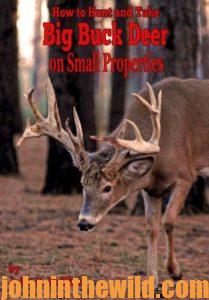
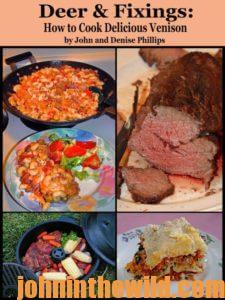 To learn more about hunting deer, check out John E. Phillips’ book, “How to Hunt and Take Big Buck Deer on Small Properties,” available in Kindle, print and Audible versions at (http://amzn.to/1vIcj4m). You may have to copy and paste this click into your browser. (When you click on this book, notice on the left where Amazon allows you to read 10% of the book for free and hear 10% of the book for free). Also check out “Deer & Fixings” cookbook, available at http://amzn.to/WGaJLT.
To learn more about hunting deer, check out John E. Phillips’ book, “How to Hunt and Take Big Buck Deer on Small Properties,” available in Kindle, print and Audible versions at (http://amzn.to/1vIcj4m). You may have to copy and paste this click into your browser. (When you click on this book, notice on the left where Amazon allows you to read 10% of the book for free and hear 10% of the book for free). Also check out “Deer & Fixings” cookbook, available at http://amzn.to/WGaJLT.
Tomorrow: Hunt Your Deer from the Skinning Shed

